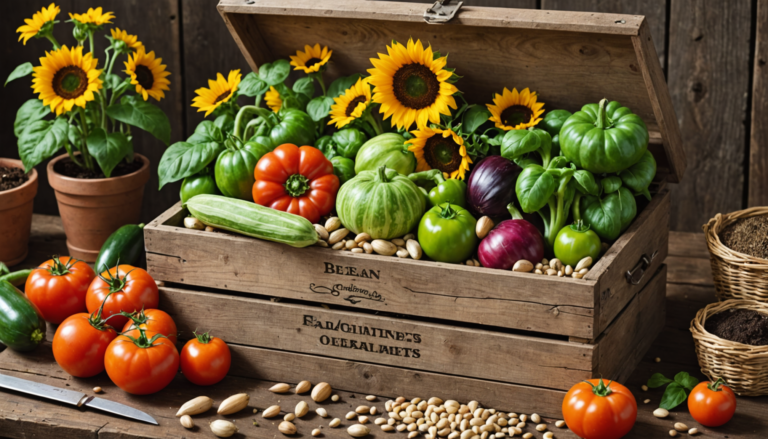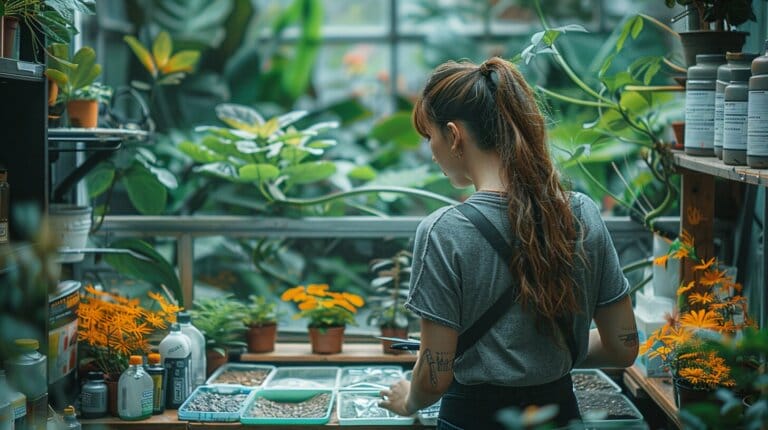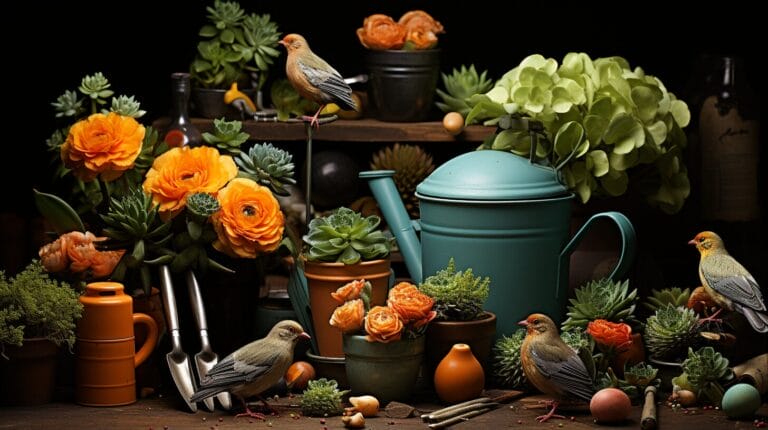Within the dense city landscapes, we transform into creators of our individual verdant sanctuaries, sculpting vertical gardens with planters for vegetables. By 2024, vertical vegetable planters have become incredibly popular!
The surge in innovative gardening solutions has ignited a new wave of enthusiasm among city residents eager to grow their own food. Thanks to advancements in technology and design, vertical gardens promise a sustainable future for those faced with spatial constraints.
Key Takeaways
- Space-efficient vertical gardening optimizes small urban areas for growing fresh produce.
- A variety of vertical planters, including stackable, tower systems, and hanging options, cater to different gardening needs.
- Choosing appropriate vegetables and flowers can enhance both the functionality and aesthetics of vertical gardens.
- Regular maintenance, including watering and pest control, is crucial for optimal plant growth and yield.
Understanding the Benefits of Vertical Vegetable Gardening
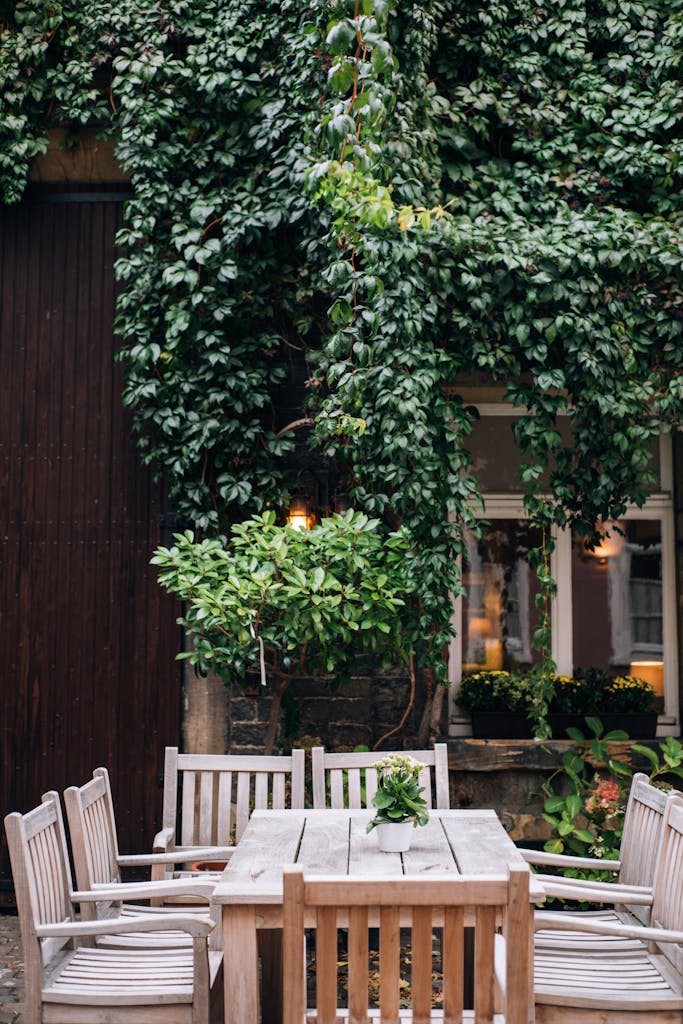
Vertical vegetable gardening offers a space-efficient way to grow fresh produce in limited urban spaces. By adopting a vertical growth strategy, you can cultivate more plants in the same area compared to traditional horizontal gardening.
This approach is particularly beneficial for apartment dwellers or those with small outdoor spaces that plans to have vertical planters for vegetables.
Maximizing Space and Productivity

Vertical gardens not only save space but can also increase productivity. With proper setup, vertical planters can yield more produce than traditional gardening methods by making efficient use of vertical space.
Enhancing Disease and Pest Management
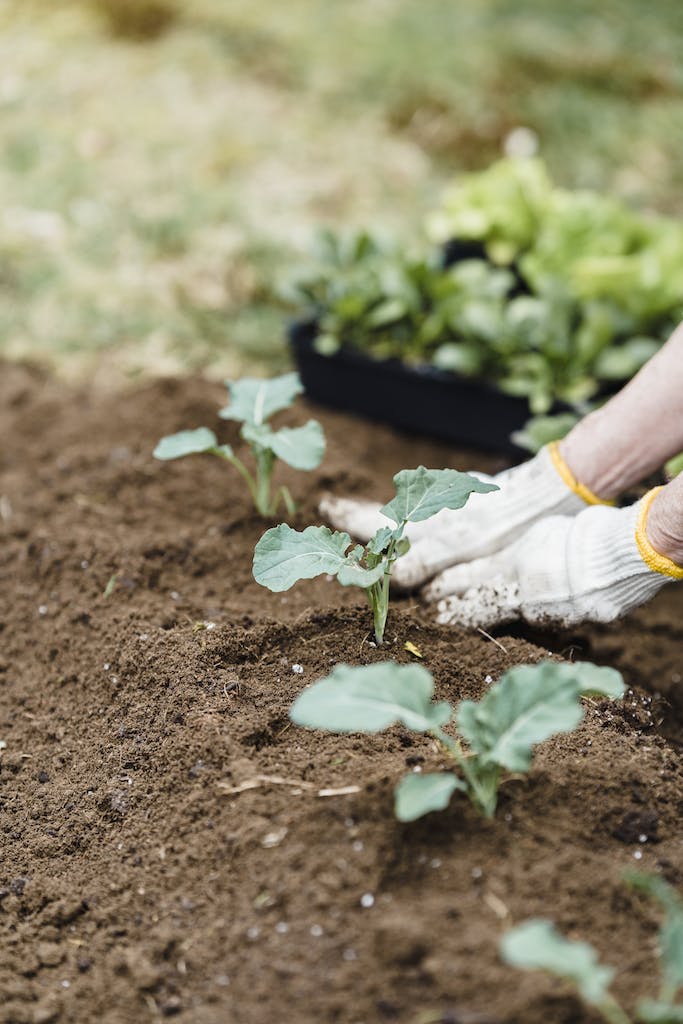
Vertical gardening can also improve disease and pest management. Elevating plants off the ground reduces the risk of soil-borne diseases and makes it more difficult for pests to access the plants. This leads to healthier crops and reduces the need for chemical pesticides.
Exploring Different Vertical Garden Planters for Vegetables
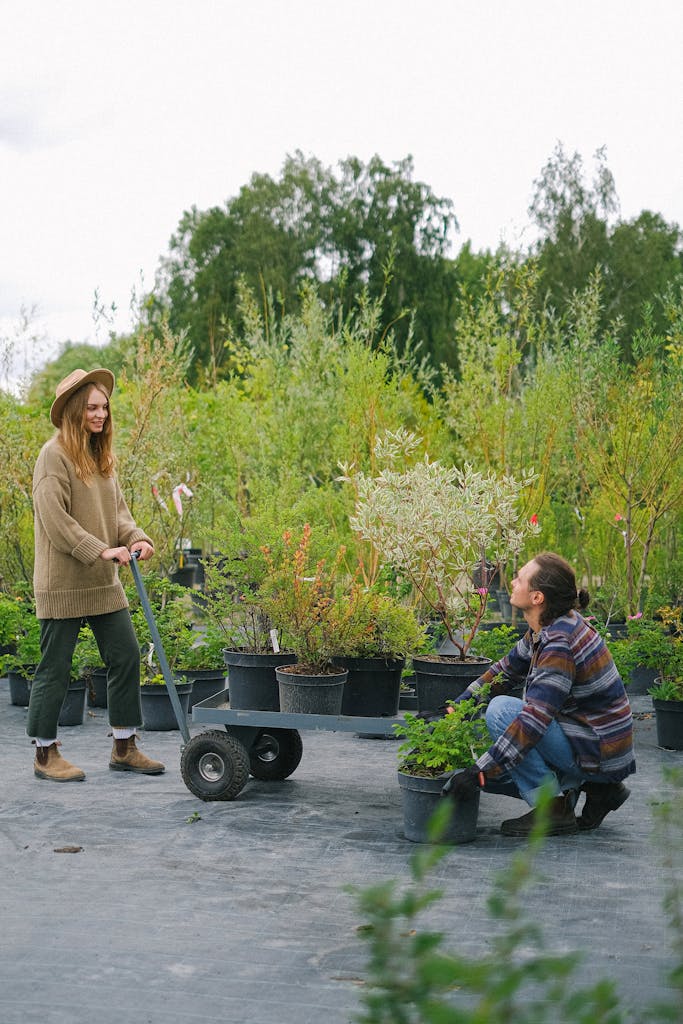
Choosing the right type of vertical planter is crucial for maximizing space and productivity:
- Stackable Planters: These 5-tier vertical designs are perfect for small areas, allowing for the cultivation of multiple crops in a vertical arrangement.
- Tower Garden Systems: Tall structures that provide ample space for planting a variety of vegetables vertically, offering efficient use of space and easy maintenance.
- Hanging Planters: Ideal for those with limited ground space, these planters can be suspended from ceilings or walls, allowing for vegetable growth without occupying valuable floor space.
Creating a Vertical Vegetable Garden: Step-by-Step Guide

When setting up a vertical garden, consider the location’s light exposure, temperature stability, and drainage. Choose a spot that receives sufficient sunlight and is protected from extreme temperature changes. Ensure your planter allows for proper drainage to prevent waterlogging.
Installation and Watering
Select a vertical planter that fits your space and is capable of supporting the weight of soil and plants. Consider integrating a drip irrigation system or self-watering pots for efficient watering.
Selecting Suitable Vegetables and Flowers for Vertical Planting
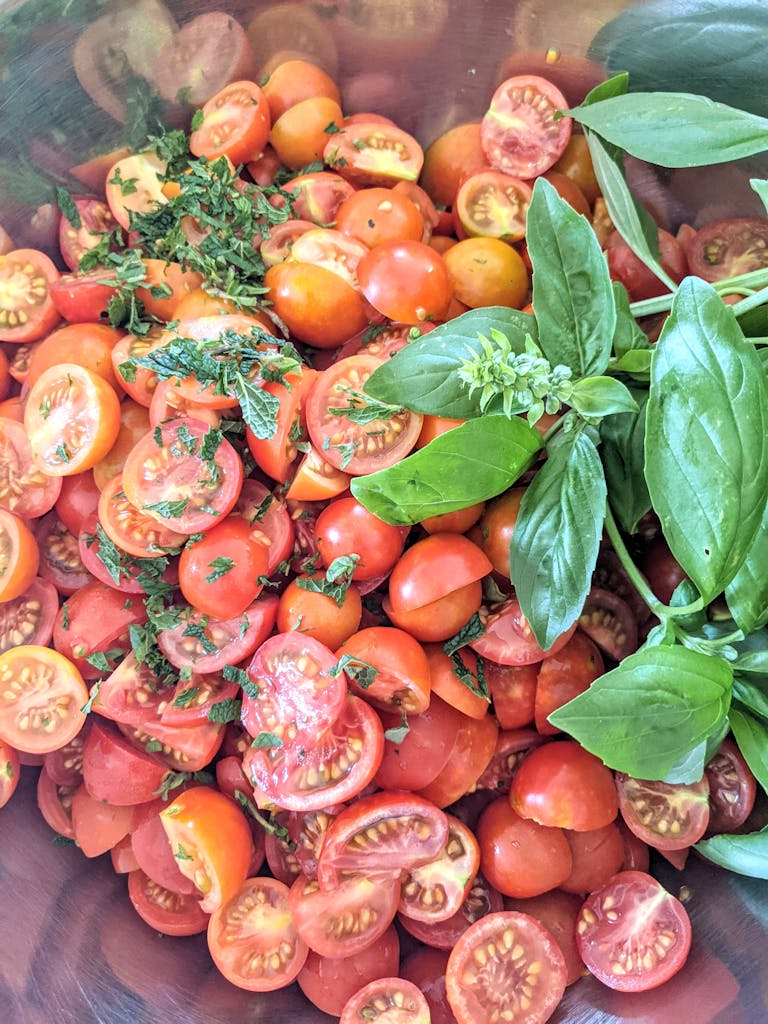
After preparing your vertical garden:
- Climbing Vegetables: Plants like cucumbers and squash, which naturally climb, are ideal for vertical planting.
- Support Structures: Use tomato cages or similar supports to encourage vertical growth.
- Combining Aesthetics: Mix vegetables with flowers to enhance your garden’s visual appeal and attract beneficial insects.
Maintaining Your Vertical Vegetable Garden for Optimal Growth
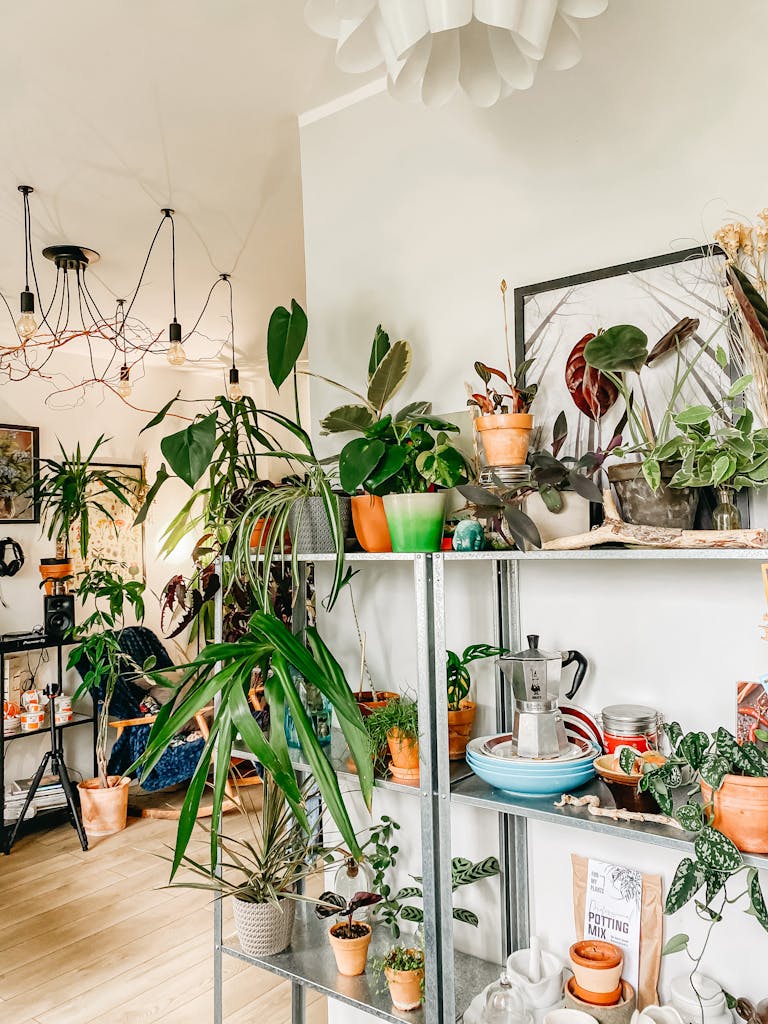
Regular care, including watering, pruning, and pest monitoring, is essential. Adjust care routines seasonally and harvest vegetables at their peak for the best flavor.
Conclusion
Vertical planters for vegetables are reshaping urban gardening in 2024, making it possible for city dwellers to grow fresh produce within their homes.
By combining innovative designs with eco-friendly practices, these gardening solutions offer a sustainable and enjoyable approach to cultivating your own food in small spaces.
Frequently Asked Questions
What are vertical planters for vegetables?
Vertical planters are innovative solutions for small space gardening that allow you to grow vegetables vertically, maximizing space and efficiency.
How do vertical planters work for growing vegetables?
Vertical planters use a stackable design to allow vegetables to grow upwards, utilizing less space while providing proper drainage and air circulation.
What vegetables can be grown in vertical planters?
Various vegetables such as cucumbers, squashes, lettuces, peas, herbs, pole beans, and root vegetables can be successfully grown in vertical planters.
What are some benefits of using vertical planters for vegetable gardening?
Benefits of using vertical planters include maximizing growing space, efficient use of water through a watering system, and ease of harvesting and maintenance.
How can I set up a vertical planter for my vegetable garden?
Setting up a vertical planter involves choosing a suitable location with sufficient sunlight, filling the planter with quality potting soil, planting your desired vegetables, and ensuring proper watering and care.


